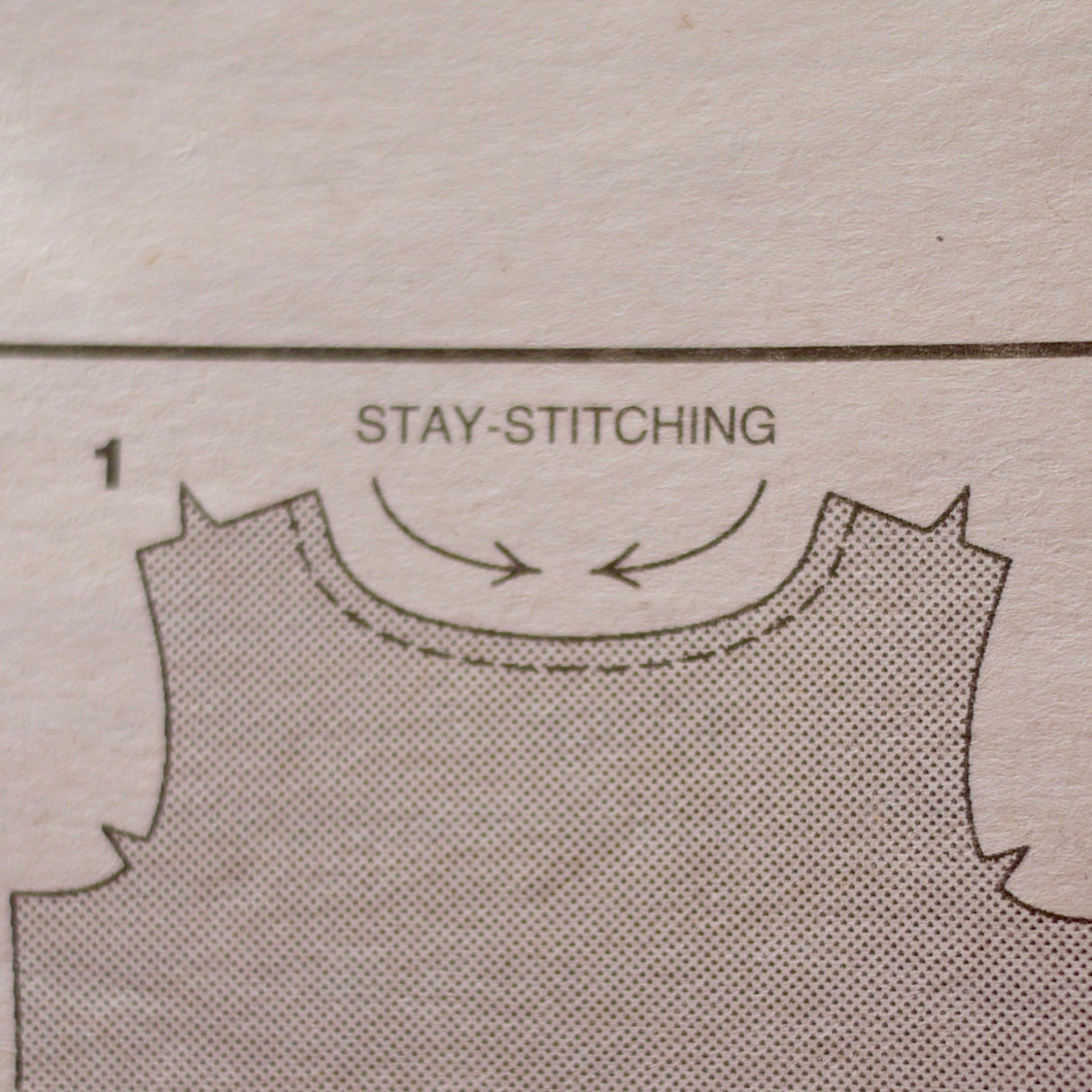Popular magazines such as Godey's Lady's Book, Peterson's, and Harper's Bazar provided women with fashion sketches, patterns, and often directions for making the garments.
But the patterns were a little different than today's. Often you would only get a simple diagram to enlarge to full size. If you were lucky there would be measurements along the edges to help you with the scale.

Some magazines included inserts of full-size patterns, the lines overlapping crazily. The patterns came in one size, and you'd have to find and trace off just the pieces you needed, then adjust for your figure.

Printed, full-size patterns in different sizes were introduced by Butterick in the 1860s, but they started out with just menswear. Other companies quickly followed.

Interested in more? You can see many issues of Godey's on Google books.
Or check out this Dutch website for an archive of European fashion mags!



